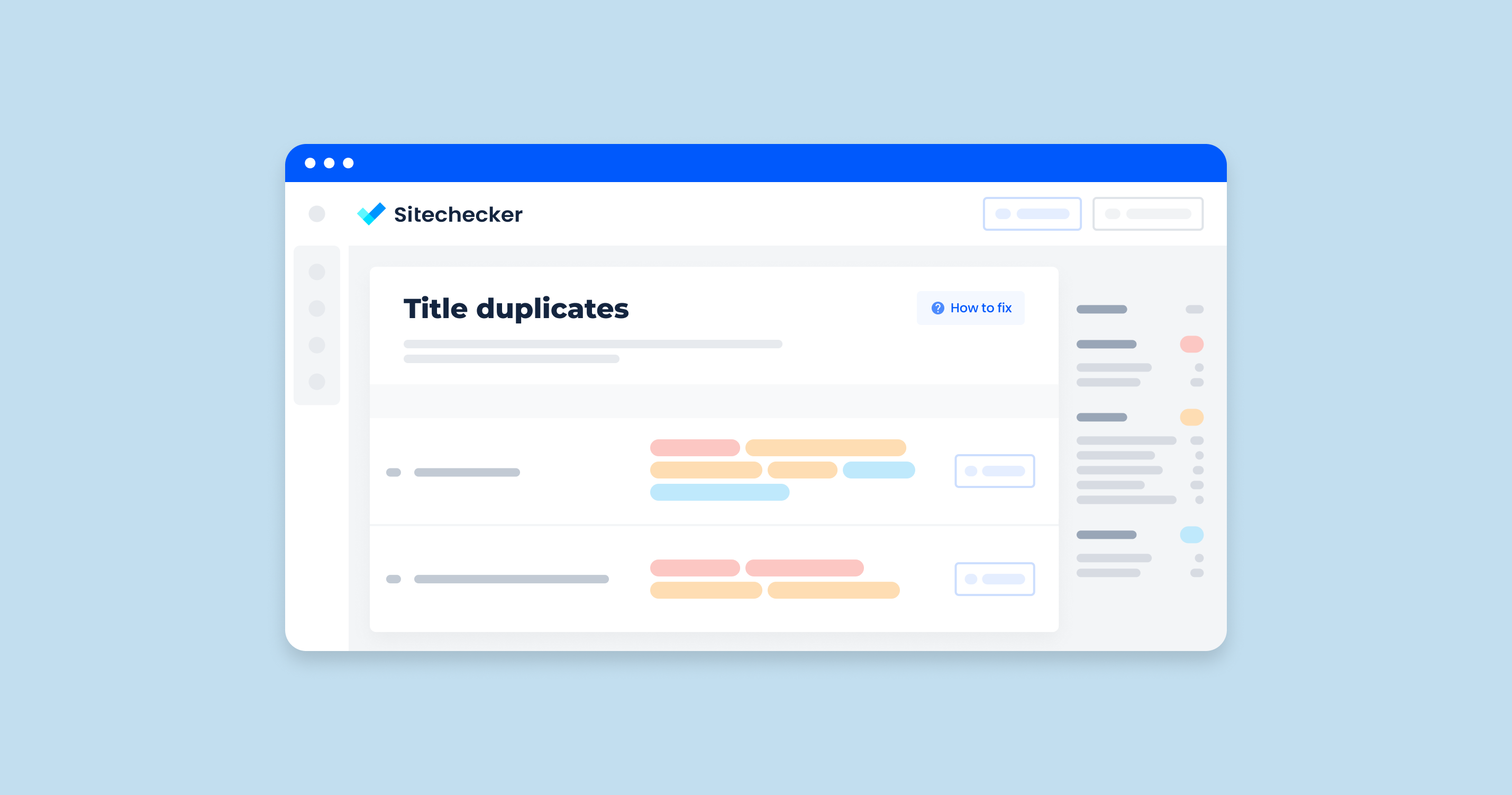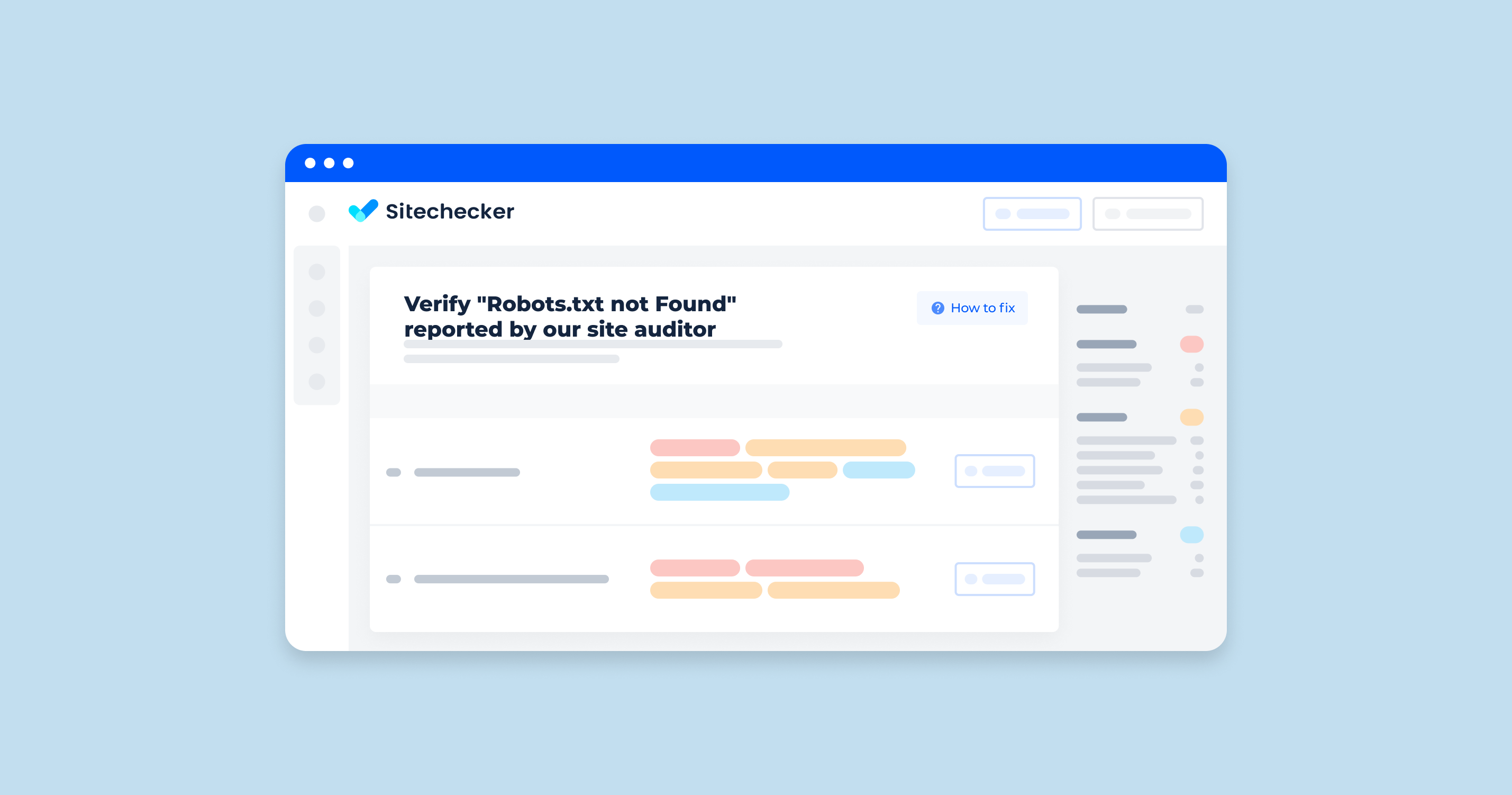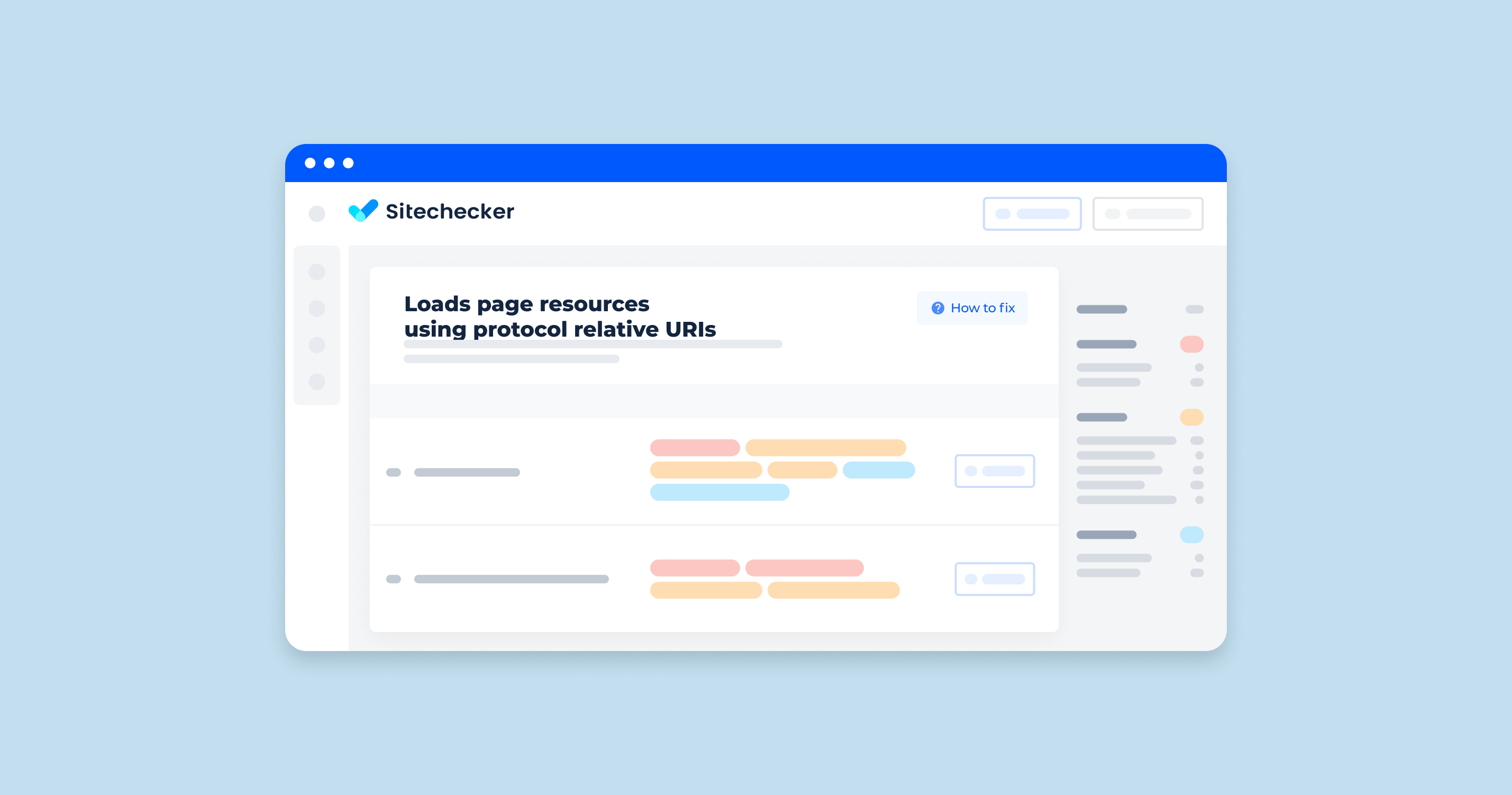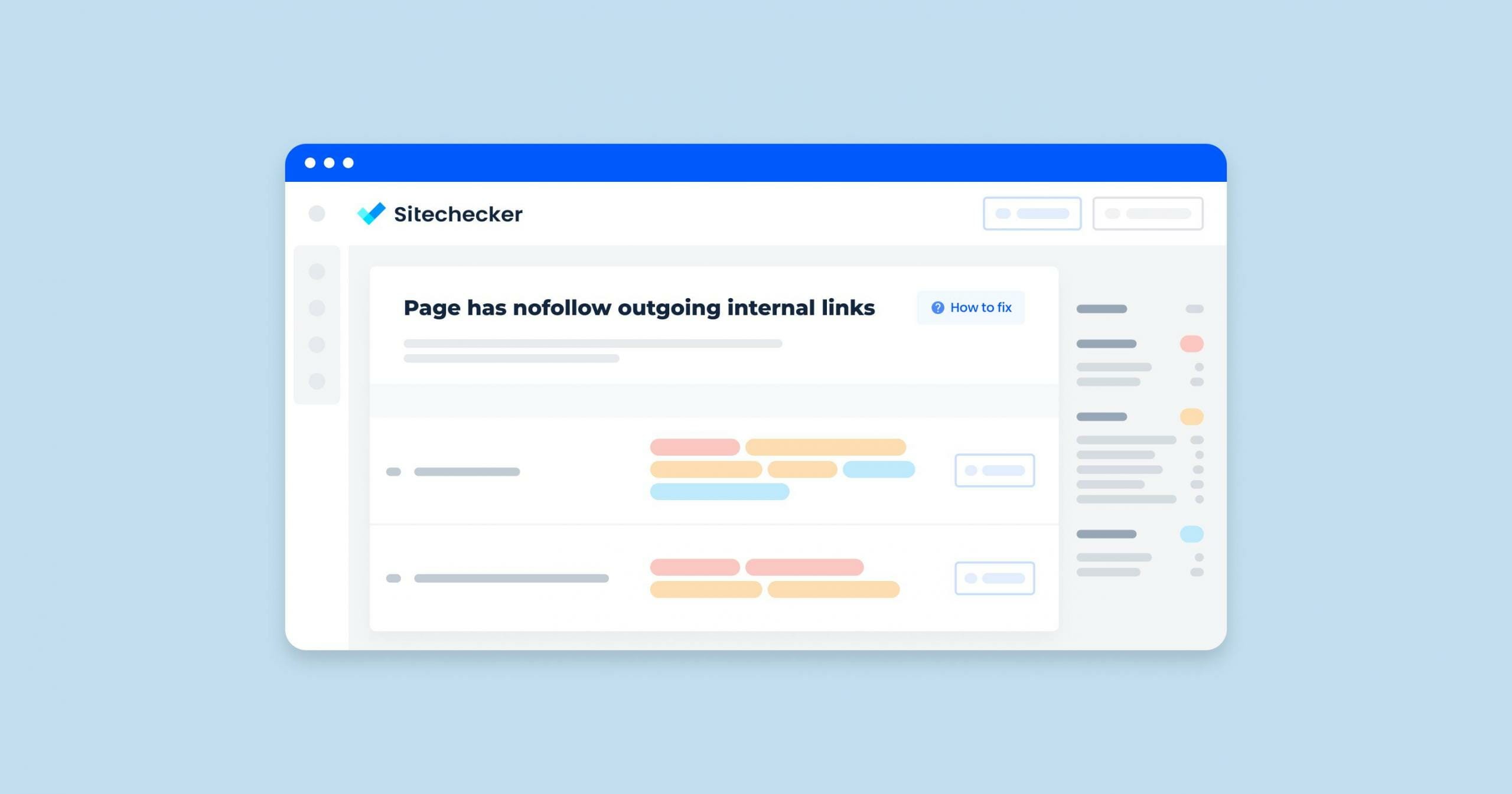What Does the “Duplicate Title Tags” Issue Mean?
“Duplicate title tags” refers to a situation where two or more pages on a website have the same title tag in their HTML head section. These tags are crucial for search engine optimization (SEO) because they help search engines understand the content of a page and are typically displayed as the clickable headline in search engine results pages (SERPs). Here are some key points about why duplicate title tags are an issue:
Also check for pages with multiple titles.
SEO Impact
Search engines use title tags to determine the relevance of a page to a search query. Duplicate title tags can confuse search engines, making it difficult for them to determine which page is more relevant, potentially leading to lower rankings for those pages.
User Experience
Unique title tags help users understand the content and purpose of each page. When users see multiple pages with the same title in search results, it can be confusing and lead to a poor user experience.
Indexing Issues
Search engines aim to provide diverse and relevant content to users. If multiple pages have the same title tag, search engines might not index all of them, assuming they are duplicate content.
Click-Through Rates (CTR)
Unique and compelling title tags can improve click-through rates from search results. Duplicate titles may not be as enticing or informative, leading to lower CTR.
Why it is important
From an SEO perspective, the page title tag (located in the head of an HTML document) is one of the most crucial content areas, given that the header announces or describes very briefly the content found on the corresponding page. Apart from the fact that search engines treat this piece of content with the highest priority possible, it is used in several other ways, for instance, in the title bar of the browser or as the anchor text of the SERP snippet corresponding to your page.
Failing to provide a title is likely worse than having duplicate titles, however, the latter is still a grave mistake that makes your Page Rank worse than it could.
Google’s advice
Avoid repeated or boilerplate titles. It’s important to have distinct, descriptive headers for each page on your site. Titling every page on a commerce site “Cheap products for sale”, for example, makes it impossible for users to distinguish one page differs another.
Long titles that vary by only a single piece of information (“boilerplate” headers) are also bad; for example, a standardized title like “<band name> – See videos, lyrics, posters, albums, reviews and concerts” contains a lot of uninformative text. One solution is to dynamically update the header to better reflect the actual content of the page: for example, include the words “video”, “lyrics”, etc., only if that particular page contains video or lyrics.
Another option is to just use “<band name>” as a concise title and use the meta description (see below) to describe your site’s content.
How to Check the Issue
We recommend conducting such examinations using online or offline crawlers. Sitechecker’s audit feature can be utilized to detect all pages that contain title duplicates.
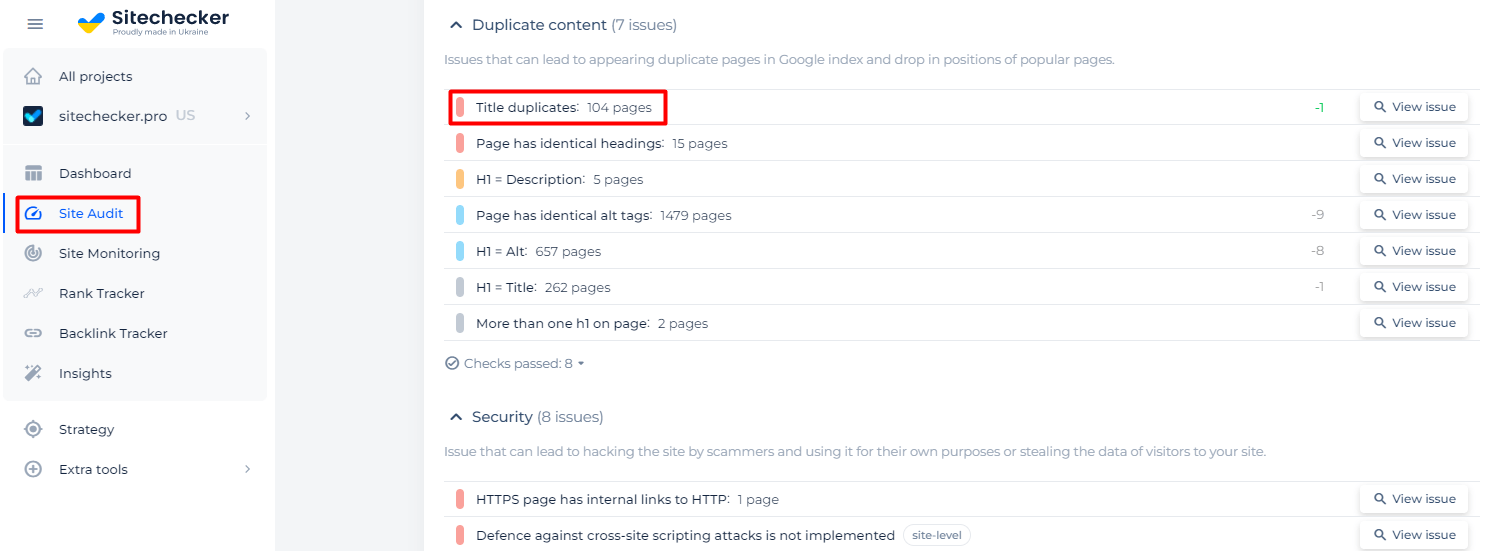
You will receive a detailed list of titles along with the respective pages where these duplications have occurred.
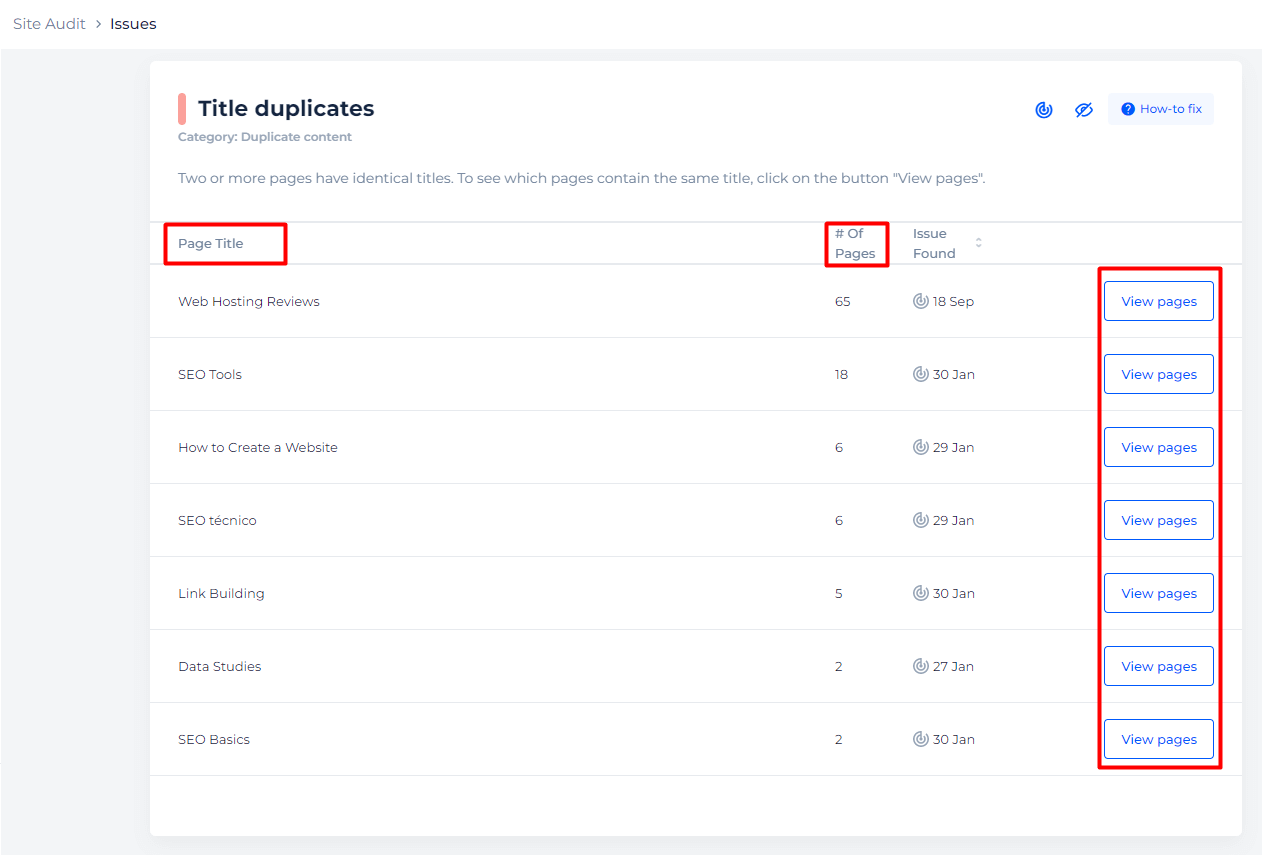
Check your website for duplicate title tags
Audit your website to detect whether the site has two and more pages with the same meta title tag
How to Fix the Issue
Fixing the issue of duplicate title tags involves a systematic approach to identify, analyze, and correct the duplicates. Here’s a step-by-step guide to help you address this problem:
1. Identify Duplicate Title Tags
Use Sitechecker to crawl your website and provide a detailed report on duplicate title tags.
2. Analyze the Duplicates
Determine why the duplicates exist. Are they due to similar products, blog posts, or pages created by a CMS template?
3. Create Unique Title Tags
- Include Primary Keywords: Ensure the title accurately reflects the content of the page and includes relevant keywords.
- Maintain Length: Keep title tags within 50-60 characters to ensure they are fully displayed in search results.
- Be Specific: Differentiate each page by including specific details or variations. For example, for product pages, include product names, categories, or unique attributes.
4. Implement Changes
For smaller websites, you can manually update the title tags directly in the HTML of each page or through your CMS interface.
Automate Title Creation
For larger websites, especially e-commerce sites, consider using dynamic title tags. For example, you can set templates in your CMS that automatically include variables like product names, categories, and attributes in the title tag.
Example Template: {Product Name} | {Category} | {Brand}
5. Use Canonical Tags (If Necessary)
If you have similar pages with nearly identical content, use the canonical tag to point to the preferred version. This helps search engines understand which page to index and rank.
6. Monitor and Maintain
Regularly use Sitechecker to audit your site for duplicate title tags and other SEO issues. Set up alerts in tools like Google Search Console to get notified of new issues.
